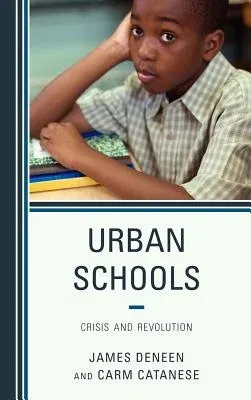James Deneen
(Author)Urban Schools: Crisis and RevolutionHardcover, 8 September 2011

Qty
1
Turbo
Ships in 2 - 3 days
In Stock
Free Delivery
Cash on Delivery
15 Days
Free Returns
Secure Checkout

Print Length
160 pages
Language
English
Publisher
R & L Education
Date Published
8 Sep 2011
ISBN-10
1610480864
ISBN-13
9781610480864
Description
Product Details
Authors:
Book Format:
Hardcover
Country of Origin:
US
Date Published:
8 September 2011
Dimensions:
22.86 x
15.24 x
1.27 cm
Genre:
Multicultural
ISBN-10:
1610480864
ISBN-13:
9781610480864
Language:
English
Location:
Lanham, MD
Pages:
160
Publisher:
Weight:
399.16 gm